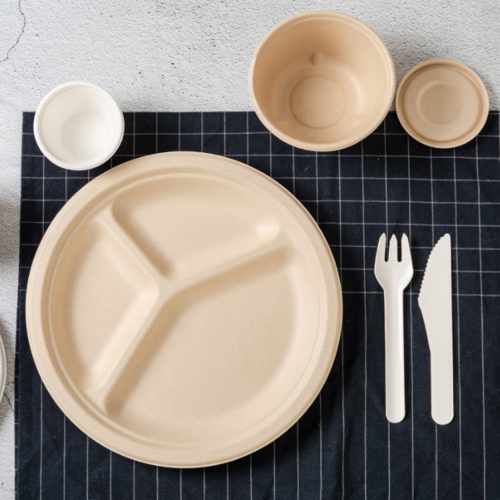Wine Packaging An Artful Blend of Functionality and Aesthetics
Wine, often hailed as the elixir of life, has been a staple of human culture for millennia. As consumers become increasingly discerning, the role of wine packaging has evolved from mere practicality to an essential element of branding and consumer experience. The right packaging not only preserves the integrity of the wine but also tells a story that resonates with the buyer. In this article, we will explore the various aspects of wine packaging, from its materials and design to its sustainability and market appeal.
Materials Matter
Traditionally, wine packaging has been dominated by glass bottles. The classic wine bottle is not just a vessel; it plays a pivotal role in the preservation of the wine's quality. Glass is impermeable and non-reactive, which is essential for maintaining the wine's taste over time. Moreover, the dark hue of most wine bottles helps protect the wine from UV light, which can spoil its flavor.
However, the wine industry has seen a shift towards alternative materials, including Tetra Pak, bag-in-box, and cans, especially among younger consumers. These alternatives not only offer lightweight and portable options but also cater to the growing demand for convenience. While traditionalists may prefer glass, the innovation in packaging materials reflects the evolving preferences of the modern wine drinker.
Design Making a Statement
Packaging design plays a crucial role in how a wine is perceived. A bottle's label can convey a wealth of information and emotion, often serving as the first introduction to the wine itself. Effective design incorporates elements such as color, typography, and imagery that resonate with the target audience.
For instance, a bold and modern design may appeal to millennials seeking a contemporary experience, while a rustic, heritage-based design might attract consumers interested in tradition and craftsmanship. The design not only communicates the wine’s characteristics but also aims to elicit an emotional response, fostering a connection between the wine and the consumer.
wine packaging

Sustainability A Growing Concern
In recent years, sustainability has emerged as a significant factor in wine packaging. With growing awareness of environmental issues, both producers and consumers are seeking eco-friendly alternatives. From lightweight glass bottles that reduce transportation emissions to recyclable packaging materials, the wine industry is making strides towards greener practices.
Some wineries are experimenting with biodegradable labels and closures made from natural materials, while others focus on minimalistic packaging that reduces waste. Sustainable packaging not only appeals to environmentally conscious consumers but can also enhance the brand image, positioning wineries as responsible and forward-thinking.
Market Appeal
The appeal of wine packaging extends beyond aesthetics and functionality; it has a direct impact on marketability. A well-packaged wine can stand out on shelves crowded with competitors, influencing purchasing decisions. Studies show that consumers often judge a wine by its label before tasting it, emphasizing the importance of visual appeal.
Innovative packaging formats, such as single-serve bottles or eco-friendly containers, are becoming increasingly popular, catering to diverse consumer needs. Additionally, seasonal or limited-edition packaging can create a sense of urgency and exclusivity, driving sales during special occasions.
Conclusion
Wine packaging is much more than a simple container; it is an intricate interplay of art, science, and consumer psychology. As the wine industry continues to evolve, with shifting consumer preferences and increasing environmental consciousness, the importance of innovative and sustainable packaging cannot be overstated. The future of wine packaging promises not only to protect and preserve the product but also to create memorable experiences that resonate with consumers on a personal level. As wineries embrace creativity and sustainability, we can expect a vibrant evolution in how wine is packaged and perceived in the years to come.



